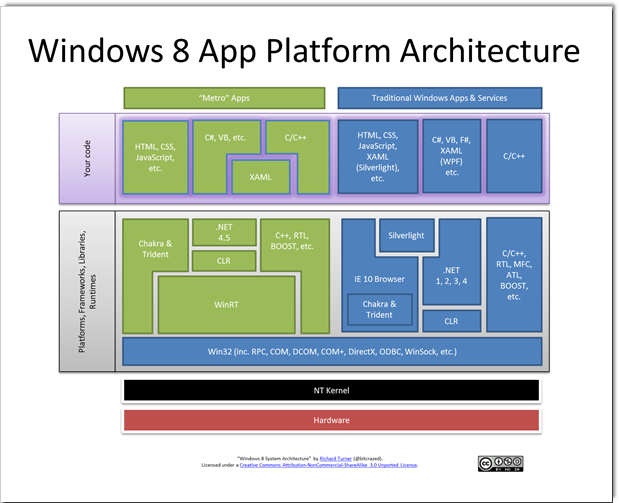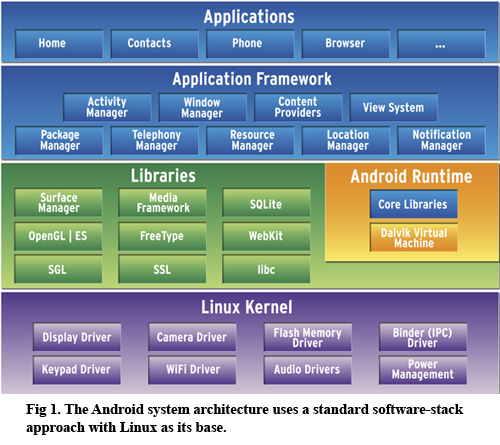Introduction
A reference model is a standard, template or pattern that can be redeployed in a number of different ways. They can be organisational specific, industry standards or open standards cutting across a number of industries.
Reference models come in many forms and sizes, there may be
- reference data models such as the Data Reference Model (DRM) in the Federal Enterprise Architecture (FEA), or SID from eTOM
- reference business operating models such those found in eTOM, called the Business Process Framework
- application reference models as those found in JEE, known as the JEE Reference Architecture
- technical reference models such as Androids TRM, the technical specification for and any PC or laptop and the technical specification for Symbian
Collateral
TOGAF defines two reference models. They are just examples and nothing more. You can use them as they are or define your own. In actual fact you will need to define your own.
Technical Reference Model (TRM)
A formal description of the platform on which you deploy your services, here are two examples, the Windows 8 TRM followed by the Android TRM
Here is another example of type of TRM but it's a BRM (Business Reference Model), it's from the Federal Enterprise Architecture (FEA)
Integrated Information Infrastructure - Reference Model


